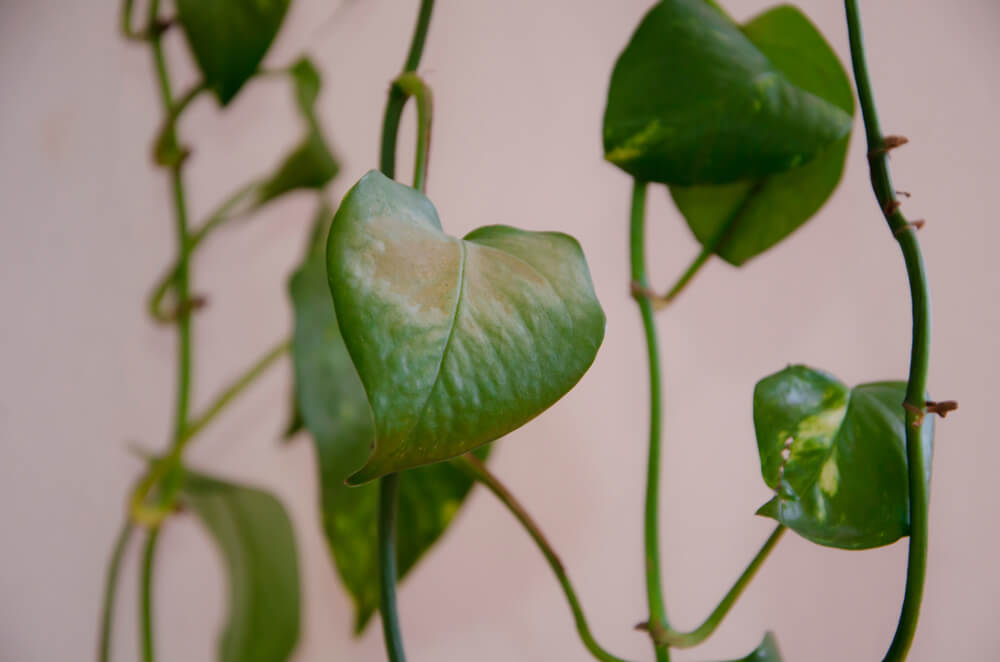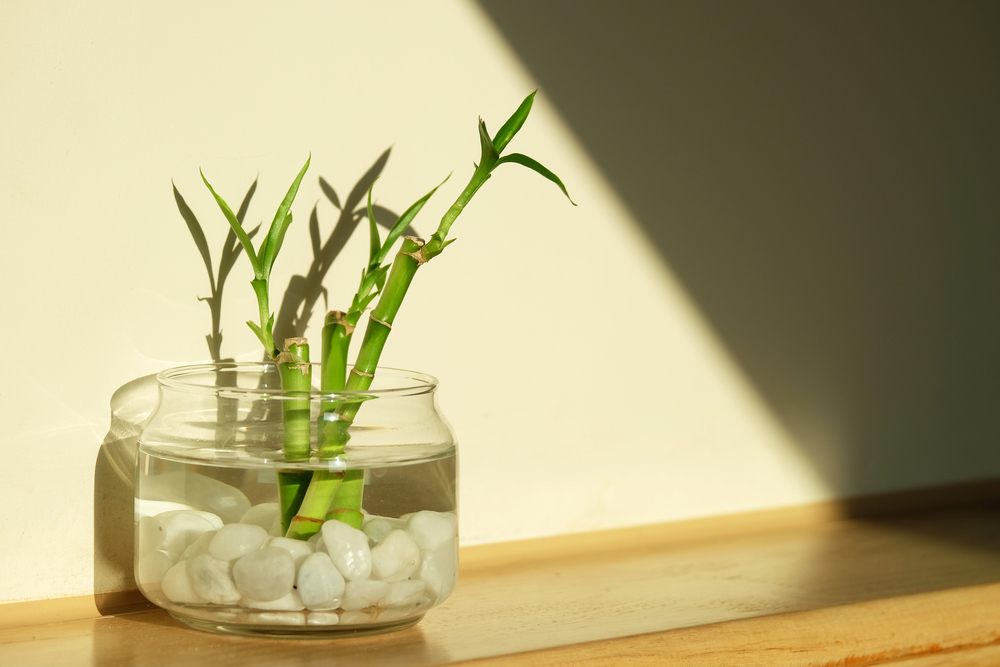Hydroponics: Plants That Only Grow in Water

In case you didn’t know, there are several plants that don’t require soil and they only grow in water. These contribute to the decor of your home, whilst oxygenating the environment.
The care of these plants is basic and simple and is carried out by a process known as hydroponics. In it, the soil is replaced by water, which supplies all the macro and micronutrients that the plant needs.
This is a great alternative for people who like plants, but don’t have the time to water and take care of them every day. Read on for all the details about this way of growing plants without soil.
What types of plants grow in water?

Not all plants can only grow in water and without soil, so it’s important to choose the right plants. Otherwise, you’ll be disappointed to find that the ones you chose won’t develop properly.
Although there are countless options, it’s best to consult the garden store professional who can show you the plants that best adapt to this process. Here, we’ll explain the types of plants that only grow in water.
- Pothos: grows very well in water and is very popular in most homes.
- Lucky bamboo: usually “planted” in water, but it requires stones at the base to help it stay upright.
- Climbing philodendron: very easy to grow and it enchants because its leaves are heart-shaped.
- Begonia: stands out for the variety of colors in which it can be found.
- Love ribbon: also known as a spider plant, it adapts quickly to growth in water.
- Ivy: stands out for growing well in water and because it doesn’t require a lot of light.
- African violet: has large leaves, but looks great in bottleneck containers.
- Aromatic plants: rosemary, oregano, basil, thyme, and mint grow well in water.
Plants that grow in water: how to maintain a hydroculture

First of all, it’s necessary that you choose a good container for your plants that’ll grow in water. Ideally, it should be made of glass, although there are options such as plastic and ceramic that are very beautiful. Of course, avoid using metal or copper containers, as the water can damage their composition.
Regarding the quality of the water, it’s wise to use spring or mineral water, since it doesn’t have pollutants. However, if it’s not within your reach, you can use normal drinking water, but it’ll need to be changed a little more regularly.
With the container ready, it’s time to submerge your plant. It’s important that you don’t overfill the container with water, just enough to cover the root and a small portion of the stem. This is because the leaves can rot and begin to damage the plant. To feed it, check which type of plant food is appropriate for your specific plant.
General care
The type of care for plants that grow in water will depend on the species you choose. Even so, there are some generalities that you can consider:
- If you use mineral water, don’t change it too often–be guided by its color and smell. If it’s general drinking water, this will need to be changed regularly.
- Pruning favors the growth of the plant. Remove the damaged leaves and keep the shape you want. Species such as ivy and pothos grow quite quickly.
- Remember that you only have to submerge the root and a piece of the stem. If your plant requires watering of the leaves, use a spray bottle.
- The plant food that you’ve purchased for your plant must be administered according to the manufacturer’s instructions. Don’t add more drops than you should and choose products of organic origin.
- Avoid leaving your plant in a place where the sun hits it directly. This can cause them to wilt or burn.
Plants that grow in water: ideal for your home
If you’re a plant lover and want to have your own hydroponic cultivation, choose some of the plants that we’ve recommended. These plants are very easy to maintain, they don’t require any more than natural light and a regular change of water.
Even if you go for a long vacation you can leave enough water in the container and rest assured that your plants will be waiting for you safe and sound. Remember, through this hydroculture technique you can also grow greens and vegetables.








